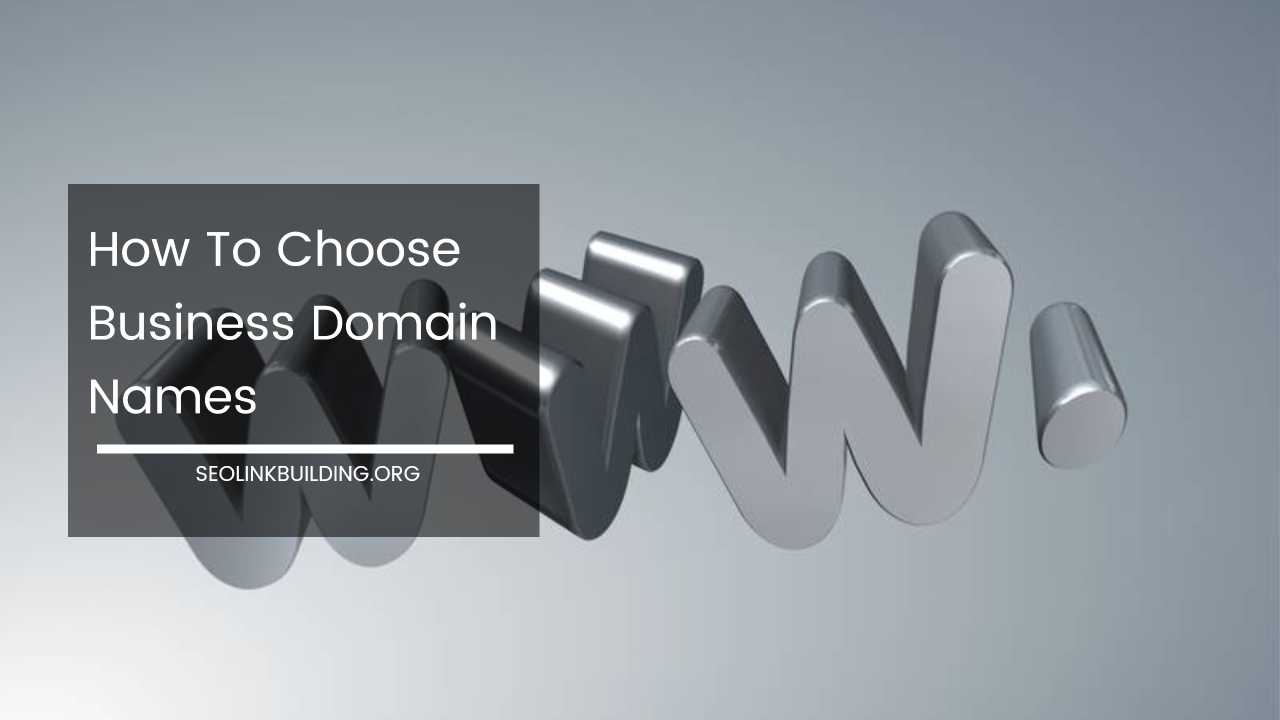Content Strategy: The Roadmap to Content Marketing Success

Content Strategy
Content Strategy: The Roadmap to Content Marketing Success
In today’s digital age, content is king. It’s the currency that attracts audiences, fosters trust, and ultimately fuels business growth. But simply throwing content out into the vast digital ocean isn’t enough.
You need a strategic approach, a well-defined roadmap that guides your content creation and ensures it achieves your specific goals. That’s where a content strategy comes in.
What is a Content Strategy?
A content strategy is the mastermind behind your content marketing efforts. It’s a comprehensive plan that outlines your objectives, target audience, content types, distribution methods, and measurement tactics. It’s the bridge that connects your overarching business goals to the content that will help you achieve them.
Why is a Content Strategy Important?
Think of a content strategy as the GPS for your content marketing journey. Here are some key reasons why having a well-defined strategy is crucial:
- Focus and Alignment: A strategy keeps your content creation laser-focused on your target audience and business objectives. It ensures everyone involved in the process, from writers and designers to developers and social media managers, is working towards the same goals. This prevents content silos and ensures a cohesive brand voice across all platforms.
- Efficiency and Cost-Effectiveness: By planning and prioritizing content creation in advance, you avoid wasting resources on irrelevant content that doesn’t resonate with your audience. This targeted approach helps you get the most out of your budget and content creation efforts.
- Measurable Results: A content strategy allows you to define key performance indicators (KPIs) to track the success of your content. This data helps you understand what’s working and what needs improvement. You can then use these insights to optimize your content strategy and maximize your return on investment (ROI).
- Competitive Advantage: A strong content strategy sets you apart from competitors who are creating content haphazardly. It allows you to establish yourself as a thought leader in your industry, attract high-quality leads, and ultimately drive sustainable business growth.
Developing Your Content Strategy: A 7-Step Guide
Creating a winning content strategy requires careful planning and consideration. Here’s a 7-step guide to help you get started:
1. Define Your Business Goals
What do you hope to achieve with your content marketing efforts? Do you want to:
- Increase brand awareness and brand recall?
- Generate qualified leads and sales?
- Improve customer engagement and loyalty?
- Establish yourself as an industry expert and thought leader?
- Drive organic traffic to your website and improve search engine ranking?
Clearly define your goals as they will serve as the foundation for your entire content strategy. Once you have a clear understanding of your goals, you can develop SMART objectives (Specific, Measurable, Achievable, Relevant, and Time-bound) to track your progress.
2. Identify Your Target Audience
Who are you creating content for? Understanding your target audience is essential for crafting content that resonates with their needs, interests, and pain points. Here are some key steps to take:
- Develop buyer personas: Create detailed profiles of your ideal customers, including demographics, online behavior, content preferences, and buying journey stages.
- Conduct market research: Utilize surveys, focus groups, and social media listening to gather insights into your target audience’s needs and challenges.
- Analyze your existing audience: Study website traffic data, social media analytics, and customer relationship management (CRM) data to understand who is currently engaging with your brand.
3. Conduct Keyword Research
Understanding relevant keywords your target audience searches for helps optimize your content for search engines. Keyword research tools like Google Keyword Planner and SEMrush can help you identify high-volume, low-competition keywords that can drive organic traffic to your website.
4. Choose Your Content Formats
The content landscape offers a diverse range of formats to choose from. Some popular options include:
- Blog posts: Long-form content that delves deep into industry topics, establishes expertise, and improves SEO.
- Infographics: Visually compelling content that presents complex information in an easily digestible format.
- Videos: Engaging and interactive content that can explain complex topics, showcase products or services, and build brand personality.
- Ebooks: In-depth guides or resources that offer valuable insights and establish thought leadership.
- White papers: Credible, research-backed documents that offer solutions to industry challenges and build trust with potential customers.
- Case studies: Showcasing successful client stories to demonstrate the value proposition of your products or services.
- Podcasts: Audio content that allows you to reach audiences on the go and build a more intimate connection.
- Webinars: Live or pre-recorded online events that provide valuable information and foster audience engagement, interaction, and learning opportunities.
- Engagement. Consider the strengths of your team and resources when selecting content formats. It’s better to create high-quality content in a few formats than to spread yourself thin across too many.
5. Develop a Content Calendar
Plan your content creation in advance with a well-organized content calendar. This helps ensure consistent content flow, keeps everyone on track, and allows you to identify potential content gaps. Here are some key elements to include in your content calendar:
- Content topic
- Content format
- Target audience
- Target keywords
- Publishing date
- Author/creator assignment
- Promotion channels
Utilizing content calendar software or project management tools can streamline collaboration and ensure everyone is aware of deadlines and upcoming content pieces.
6. Establish a Content Promotion Plan
Creating great content is only half the battle. You need a plan to get it in front of your target audience. Utilize a variety of distribution channels to promote your content effectively:
- Social media marketing: Share your content on relevant social media platforms and engage with your audience in the comments.
- Email marketing: Promote your content to your email subscribers and segment your lists for targeted campaigns.
- Influencer outreach: Partner with industry influencers to promote your content to their audience.
- Paid advertising: Utilize paid advertising platforms like Google Ads or social media advertising to reach a wider audience.
- Public relations: Secure media coverage by pitching your content to relevant publications and journalists.
- Content syndication: Distribute your content on other websites and platforms to reach a broader audience.
7. Track and Analyze Your Results
Your content strategy is a living document, not set in stone. Regularly monitor key metrics like:
- Website traffic: Track the number of visitors to your website and how they found your content.
- Engagement metrics: Analyze social media shares, comments, likes, and video views to understand how your audience is interacting with your content.
- Lead generation: Measure how many leads your content generates through contact form submissions, ebook downloads, or webinar registrations.
- Sales conversions: Track how your content contributes to your sales funnel and ultimately drives sales.
Analyze this data to understand what’s working and what needs improvement. You can then use these insights to optimize your content strategy for better performance and maximize your return on investment (ROI).
Content Strategy Best Practices
- Focus on Quality: Content should be informative, engaging, well-written, and error-free. Prioritize value over quantity.
- Maintain Consistency: Publish content regularly to keep your audience engaged and establish yourself as a reliable source of information.
- Embrace Storytelling: Weave narratives into your content to connect with your audience on a deeper level, evoke emotions, and make your content more memorable.
- Optimize for Search Engines (SEO): Implement SEO best practices like keyword research, on-page optimization, and link building to improve your content’s ranking in search results.
- Be Mobile-Friendly: Ensure your content is responsive and optimized for viewing on all devices, especially mobile phones, as a significant portion of web traffic comes from smartphones and tablets.
- Leverage Visuals: Include high-quality images, infographics, and videos to enhance your content, break up text, and improve readability. People process visuals faster than text, and visuals can make your content more engaging and shareable.
- Repurpose Your Content: Squeeze the most value out of your content by repurposing it into different formats like social media posts, presentations, or infographics. This can help you reach a wider audience and extend the lifespan of your content.
- Promote User-Generated Content (UGC): Encourage your audience to create and share content related to your brand. This can help you build brand loyalty, generate excitement, and create a sense of community. User-generated content can also be a valuable source of social proof and testimonials.
Additional Tips:
- Stay up-to-date with the latest content marketing trends and algorithms.
- Conduct competitive analysis to see what your competitors are doing and identify opportunities to differentiate yourself.
- A/B test different headlines, visuals, and CTAs to optimize your content for better performance.
- Measure the sentiment of your audience: Use social listening tools and audience surveys to understand how your audience perceives your content and brand. This can help you identify areas for improvement and ensure your content resonates with your target audience.
- Invest in content creation tools: Utilize project management tools, content calendars, SEO tools, and design software to streamline content creation, collaboration, and promotion efforts.
- Develop a brand voice and style guide: Ensure your content has a consistent voice and tone that aligns with your brand personality. This will help you build brand recognition and trust with your audience.
- Partner with other content creators: Collaborate with influencers, industry experts, or other brands to create co-branded content or guest posts. This can help you reach new audiences and gain exposure.
- Measure the ROI of your content marketing efforts: Track the financial impact of your content marketing activities. This will help you demonstrate the value of content marketing to your stakeholders and secure ongoing budget allocation.
The Future of Content Strategy
The content marketing landscape is constantly evolving. Here are some key trends to watch for:
- The rise of artificial intelligence (AI): AI-powered tools can help with content creation, keyword research, content optimization, and content promotion.
- The growing importance of personalization: Tailoring content to individual user preferences and needs will become increasingly important to capture audience attention and drive engagement.
- The continued dominance of video content: Video content will continue to be a powerful tool for engagement and storytelling.
- The emergence of new content formats: New technologies like virtual reality (VR) and augmented reality (AR) may present new opportunities for content creation and audience engagement.
- The focus on data-driven content marketing: Marketers will increasingly rely on data analytics to measure the performance of their content and optimize their strategies for better results.
By staying informed about these trends and adapting your content strategy accordingly, you can ensure your content marketing efforts remain effective and achieve your business goals in the ever-evolving digital landscape.
Final Word:
Content strategy is the backbone of a successful content marketing campaign. By investing time and effort into creating a well-defined strategy, you’ll be well on your way to achieving your business goals, building a loyal audience, and establishing yourself as a leader in your industry.
Remember, content marketing is a marathon, not a sprint. Be patient, consistent, and data-driven in your approach, and you’ll see your content efforts pay off in the long run.
Developing and implementing a well-defined content strategy is crucial for success in today’s content-driven marketing world.
By following the steps outlined above, best practices, and staying on top of content marketing trends, you can create a winning content strategy that attracts your target audience, fosters brand loyalty, and ultimately drives sustainable business growth. Remember, content is king, but a strategic content approach is the queen that guides it all.













